WASHINGTON, Sept 3 (Reuters) – U.S. manufacturing activity contracted moderately in August, with employment showing some improvement but new orders continuing to decline. Inventories rose, indicating that factory activity could remain subdued in the near term.
The latest survey from the Institute for Supply Management (ISM) showed the manufacturing Purchasing Managers’ Index (PMI) increased slightly to 47.2 in August from 46.8 in July. A PMI reading below 50 signals contraction, and the index has remained below this threshold for five consecutive months. Despite this, the PMI remains above the 42.5 level, which typically suggests an overall economic expansion.
The ISM reported that five manufacturing sectors, including primary metals, furniture, and computers, saw growth in August. However, 12 industries, including machinery, textile mills, and transportation equipment, experienced contraction. Despite the weak manufacturing data, surveys suggest that production and business spending on equipment have remained stable.
Comments from survey respondents reflected a mixed outlook. Some manufacturers, including those in chemicals and machinery, reported slower business activity and sluggish new orders. Others, particularly in primary metals, noted strong demand and ongoing production challenges.
In terms of pricing, manufacturers faced higher input costs in August, driven by rising freight rates. The measure of prices paid by manufacturers increased to 54.0, up from 52.9 in July, indicating higher raw material costs for the eighth consecutive month.
The survey also revealed that factory employment continued to contract, although at a slower pace. The employment index rose to 46.0, up from 43.4 in July. Despite ongoing layoffs and hiring freezes, the overall impact on manufacturing payrolls remains unclear.
In other economic news, the U.S. Commerce Department reported a 0.3% decline in construction spending for July, following a flat reading in June. The drop was attributed to higher mortgage rates and increased supply, which have impacted single-family homebuilding. Year-over-year, construction spending was up 6.7%. Investment in residential construction fell by 0.4%, with single-family home projects seeing a 1.9% decrease. The slowdown in homebuilding has been driven by rising mortgage rates, which have led to a backlog of inventory and weaker demand in some regions.
Get the latest supply chain report news at The Supply Chain Report. Learn more about international trade with tools from ADAMftd.com.
#USManufacturing #ConstructionSpending #EconomicSlowdown #SupplyChainImpact #ManufacturingWeakness #IndustrialDecline #TradeInsights

















